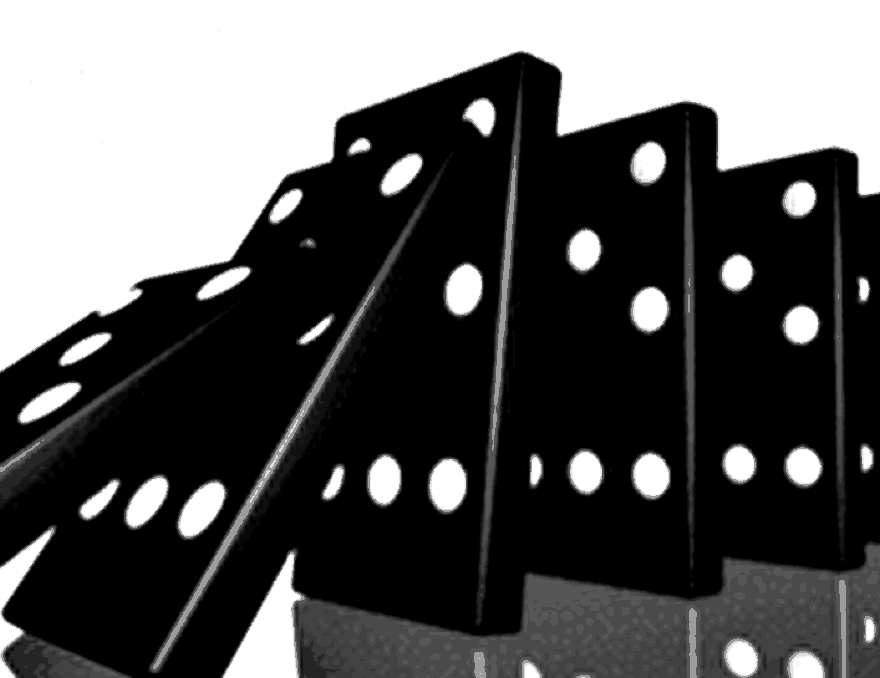 The ABCs of GMing
The ABCs of GMing
The ABCs of GMing is an ongoing series by contributing writer Joe Bouchard about the different skills and ideas needed to run a successful tabletop game.
Malleability
Many segments we’ve discussed in hindsight seem pretty obvious: Focus, Adaptability, Leadership. This segment is a bit more obscure, with Malleability.
As a GM, being malleable means being dynamic with your story and your game. A lot of this stems from the effect of your character’s play style on what you have planned out for them, but malleability goes beyond that. Sometimes your players make world-changing decisions that need to have repercussions within your game. Accidentally getting the town blacksmith killed means they may not be able to buy weapons anymore, or upsetting a politician may lead to further hindrance to the group from local law enforcement. These things can happen unexpectedly and aren’t easy to foresee and plan for. With that in mind, there are some guidelines to keeping the game malleable to the whims of your players:
Don’t Be A Stickler
I get it. You love the story you’ve put together. You love the NPCs, the setting, the neighborhoods, everything down to that random street drunk that’s a source of amusement for everyone at the table.
But, just like real life, worlds change. The actions that your players take can have repercussions across the setting in ways you may not realize. Did the party thwart an assassination attempt by some criminal syndicate? Maybe roleplay in some attitude changes by the targeted NPC based on how the situation played out. Maybe your characters killed the perpetrator in broad daylight in the street, thereby catching the attention of a prominent city official.
It’s difficult to predict every situation that’s going to happen, and when they do, it’s always great entertainment to see to what lengths your players will go to get the job done. Just remember that the repercussions don’t stop there. Actions taken by your players – especially overwhelmingly public ones – can effect a variety of story aspects that are not immediately calculable. After all, if nothing changes, how believable could it be?
If you need some examples, here’s some to get your mind jogging:
-
Taking down a crime syndicate could easily disrupt immediate power players (other syndicates, politicians, etc.). But what about all the syndicate members that are now suddenly out of a job?
- Thrashing the monsters outside of town who were terrorizing travelers may be a great thing for the general public, but those monsters could have been trading goods with the city via an intermediary, and now that supply line is cut off.
- All battles have casualties with unintended consequences. A widow or now-parentless child is something expected, but what if, say, a deceased antagonist left a hefty sum of money to an unstable family member?
Some ripple ideas may seem outlandish, but they certainly are not outside the realm of possibility. The real reward is when you can integrate these consequences from events you didn’t even plan. If your party goes on an unexpected tangent, then integrating a side effect of that into the game at a later point can really take your players by surprise.
Allow Player Input
No setting is perfect, and not every aspect of every setting is going to keep your players fully entertained. We talked about character backstories in Creativity, but it bears mention again here: your PCs have their own back stories and histories, and it can be helpful to implement a character’s backstory into the game. Give your players added interest by encompassing the work they’ve put into their own characters.
To really make it fun, integrate multiple backstories into your setting, giving chances for overlapping goals. It’ll show that you are putting a real effort into their inclusion in the game, and it helps your players relate to what’s happening. There is no such thing as the perfect story, so don’t be afraid to change locations or NPCs here and there to get your players more involved with the plot.
Don’t Hate Your Plan B
There times when players take your entire story and derail it into a catastrophe. While it may be tempting to throw your hands in the air and call the campaign a loss, try not to be too hasty or irrational. Remember that if things got that bad, you had some role in letting it get that bad. As a GM, you have a responsibility to attempt to rebuild the situation. Plus, every good story should have a back-up plan for when – not if – things go awry. As in real life, not everything goes according to plan, and you will have to adapt to keep the flow of the game consistent. Your player characters will, inevitably, derail your best ideas, and you should be ready with contingencies.
Just Let Them Have It
There’s a solid argument to be made about not letting your characters get overpowered, but by the same token, you can’t let them lag behind the curve either. Some systems, like Pathfinder, give you a table in which to judge approximately how much wealth/gear a character should have by level. For these systems, it’s useful to stick to it as best you can.
For less defined systems, another measure is to take a look at your NPCs, and more predominantly, your antagonists. Obviously your one big antagonist should be far ahead of the group of five players, but if you design an encounter where it’s an even match, you should ensure your NPCs are as close to an even level as your players. If you aim for an even encounter and you think your NPCs are lacking, then that means your players are lacking too. Help them out by providing the loot or money appropriate to what you’ve designed for them. But distribute these boons evenly. Although flashier, constantly dropping upgraded weapons doesn’t help the spellcasters, for example. An even loot distribution guarantees no one character gets too far ahead or too far behind.
Photo Credits: Falling Dominos gif by Image Arcade; Uncle Fester of Addams Family by Paramount Pictures; The Penguin of Gotham by Fox; Cursed Aztec Gold from Pirates of the Caribbean from Disney




